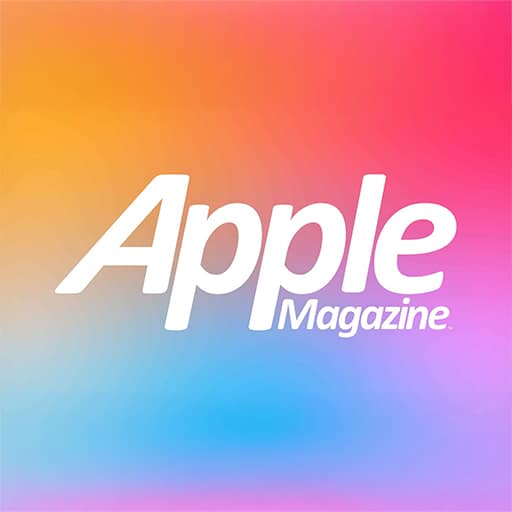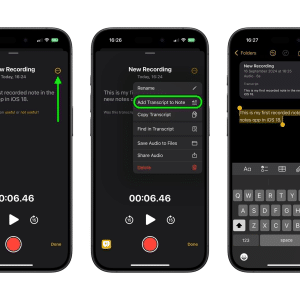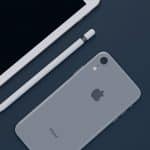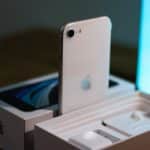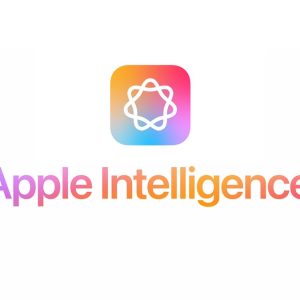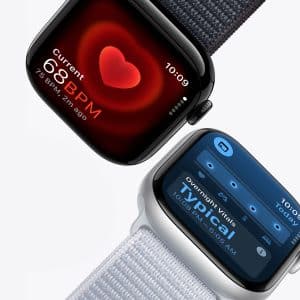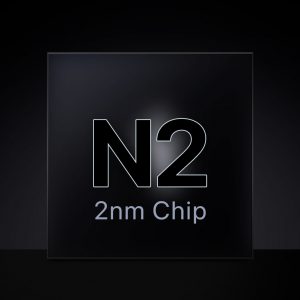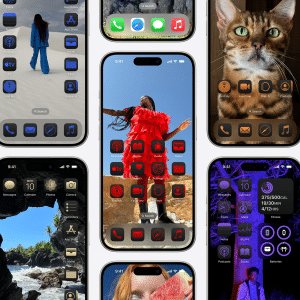 I was reintroduced the smartphone service market recently when I bought my wife a new iPhone. To my surprise, we ended up sticking with AT&T.
I was reintroduced the smartphone service market recently when I bought my wife a new iPhone. To my surprise, we ended up sticking with AT&T.
AT&T has a well-deserved rap for offering crummy service. When the iPhone was first launched and was available only on AT&T, stories of dropped calls and bad data connections were legion. I used to dread going to San Francisco because I knew I’d often have a tough time making a call or pulling up a Web page.
While AT&T has improved its service significantly, it’s still not great. In its latest ratings of cell phone carriers, Consumer Reports ranked it dead last both nationally and in San Francisco.
I can’t tell you how many times my phone has dropped calls on the way through downtown San Jose on Highway 87, and I still often encounter situations where I can’t make a call or get online, even when my phone shows strong service.
And yet when it came time to get a new phone, AT&T made the most sense.
One reason is that my wife wanted an iPhone 5, which narrowed our options. Only AT&T, Verizon and Sprint offer the new iPhone at a subsidized price. While we could buy an unlocked, unsubsidized iPhone from Apple (AAPL), we wouldn’t have saved much by switching to a prepaid plan.
Verizon’s network is more highly rated than AT&T’s. But as longtime AT&T smartphone customers, we are grandfathered into the unlimited data plans that AT&T got rid of two years ago. If we had switched to Verizon, we would have had to pay more for limited buckets of data.
What’s more, I wasn’t excited about the prospects of using Verizon’s data network. If you’re not connected to Wi-Fi, you can’t talk on a Verizon iPhone and surf the Web at the same time.
And while Verizon’s high-speed 4G network is more extensive than AT&T’s, it’s older 3G network is much slower. If you are in one of the many areas that still don’t have 4G Verizon service, you can be stuck with a painfully slow data connection.
We could have gotten an unlimited data plan similar to our current one by signing up with Sprint, but it would have cost $10 more per month than what we’re currently paying. And we would have had an even worse data situation than with Verizon. Because Sprint hasn’t yet extended its new 4G LTE network to the Bay Area, local iPhone users have access only to carrier’s older and slower 3G network.
To be sure, I’m not entirely thrilled about signing up for another two years of AT&T service. Not only is the service often disappointing, but I’m frustrated with our lack of options.
For example, I’d love for my wife to be able to use her phone as a mobile hotspot. But in order to have that feature, we’d have to ditch our unlimited data plan. I’d love to be able to buy a bundle of text messages for my wife, but our only options are to tack $20 a month on to our plan for unlimited texting or to ditch our unlimited data plan and switch to one of AT&T’s newer pricier options.
Still, compared with what new smartphone subscribers face, our deal feels like a bargain. For my wife’s service, we spend about $70 a month for unlimited data and 450 voice minutes. Sending texts costs 20 cents a message.
When I bought my first smartphone four years ago, the hike in my phone bill was hard to swallow. Between my wife and me, we tacked $60 a month on to our bill for data usage. But nowadays you can expect to spend as much or more and get less. If you’re switching from a feature phone to a smartphone, you shouldn’t be surprised to see your monthly wireless bill double, even if you don’t sign up for gobs of data.
So, we’re sticking with AT&T and our grandfathered plan. It may not be ideal, but it’s better than switching to a new one.
Troy Wolverton

